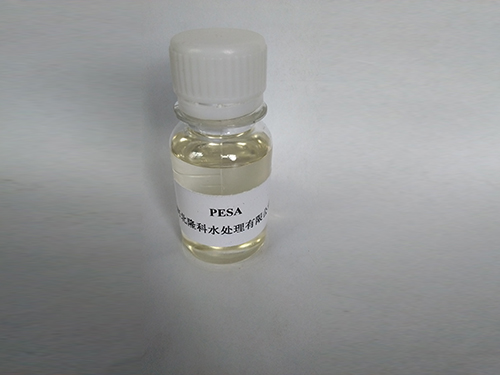pacl polyaluminum chloride
Understanding PACL The Role of Polyaluminum Chloride in Water Treatment
Polyaluminum chloride (PACL) is a widely used coagulant in the water treatment process, playing a crucial role in enhancing water quality and ensuring safe drinking water for communities around the globe. This article delves into the characteristics, applications, benefits, and environmental considerations related to PACL.
What is Polyaluminum Chloride?
Polyaluminum chloride is an inorganic polymer compound formed by the polymerization of aluminum ions in an alkaline environment. It is typically produced by reacting aluminum hydroxide or aluminum oxide with hydrochloric acid, resulting in a product that possesses a higher molecular weight than traditional aluminum salts, such as aluminum sulfate. The resultant PACL is often available in both liquid and solid forms, making it versatile for various applications.
Applications of PACL
PACL is primarily used in the treatment of drinking water, wastewater, and industrial effluents. Its application encompasses several key areas
1. Drinking Water Treatment PACL is effective in removing turbidity, suspended solids, and organic matter from water sources. It works by neutralizing the charges of fine particles, allowing them to agglomerate into larger flocs that can be easily removed through sedimentation or filtration.
2. Wastewater Treatment In municipal wastewater treatment plants, PACL aids in the removal of phosphates, heavy metals, and other pollutants, contributing to a cleaner effluent that meets environmental regulations.
3. Industrial Processes Various industries, including paper manufacturing, textile processing, and food production, utilize PACL in their wastewater treatment systems to address specific contaminant profiles, enhancing overall process efficiency.
Benefits of Using PACL
pacl polyaluminum chloride

The use of PACL in water treatment offers a range of advantages
1. Enhanced Water Quality PACL effectively reduces turbidity and contaminant levels, leading to improved clarity and overall water quality. This is essential for ensuring safety in drinking water supply.
2. Lower Dosage Requirements Compared to traditional coagulants like aluminum sulfate, PACL requires lower dosage rates due to its higher efficacy. This not only reduces chemical costs for treatment plants but also minimizes the generation of residual sludge, simplifying waste management.
3. Wide pH Compatibility PACL performs effectively across a broader range of pH levels, making it suitable for treating diverse water sources without requiring extensive pre-treatment adjustments.
4. Reduced Environmental Impact With its ability to remove phosphates and heavy metals effectively, PACL helps mitigate eutrophication in natural water bodies, contributing positively to environmental preservation.
Environmental Considerations
While PACL is generally considered a safe and effective coagulant, there are several environmental considerations that water treatment facilities must address. The aluminum content in PACL can pose risks if not managed properly, leading to potential toxicity to aquatic life. Thus, adherence to guidelines regarding residual aluminum levels in treated water is vital.
Moreover, the disposal of sludge generated during the coagulation process requires careful handling to prevent land contamination and to ensure compliance with environmental regulations. Many treatment plants are now exploring innovative methods to recycle and repurpose this sludge, minimizing waste and maximizing resource recovery.
Conclusion
Polyaluminum chloride (PACL) stands out as an essential coagulant in modern water treatment practices. Its effectiveness, cost-efficiency, and environmental advantages make it a popular choice among municipalities and industries alike. However, the careful management of its application and potential environmental impacts is crucial for sustaining its benefits. As global water challenges continue to evolve, PACL will likely remain a key player in the pursuit of clean and safe water for communities around the world. By understanding and implementing best practices involving PACL, we pave the way toward improved water treatment processes and a healthier ecosystem.
-
Water Treatment with Flocculant Water TreatmentNewsJun.12,2025
-
Polymaleic AnhydrideNewsJun.12,2025
-
Polyaspartic AcidNewsJun.12,2025
-
Enhance Industrial Processes with IsothiazolinonesNewsJun.12,2025
-
Enhance Industrial Processes with PBTCA SolutionsNewsJun.12,2025
-
Dodecyldimethylbenzylammonium Chloride SolutionsNewsJun.12,2025





